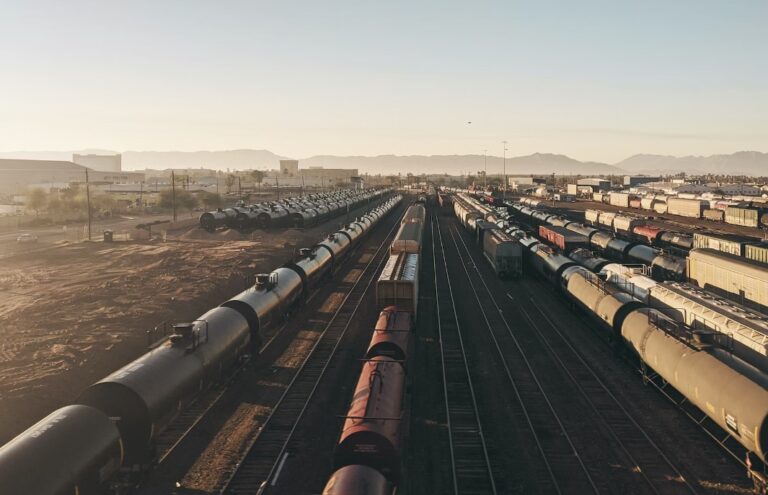A sharp cut in gas supplies from Russia and a shift toward green transition risks bringing all of Europe into the hands of another energy power.
This is the scenario envisioned: the question of a future for the EU contingent on China’s supply of lithium-ion batteries and fuel cells after the closure of Moscow-linked pipelines.
Which until the outbreak of the war in Ukraine were one of the main energy sources for the entire continent.
Table of Contents
The document under review
According to estimates by the European Commission, The EU sourced more than 40 percent of its total gas consumption, 27 percent of oil imports and 46 percent of coal imports from Russia in 2021.
According to the report expected on the table at the European Council, by 2030 the EU could become as dependent on China for lithium-ion batteries and fuel cells as it was on Russia for energy raw materials.
It is then up to the leaders of EU member countries to consider the European Commission’s proposals to address fears of Europe’s overdependence on Beijing and the need for diversification of battery supplies, central to the energy transition process, to Africa and Latin America.
These technologies are critical for storing clean energy, a crucial step in achieving the goal of zero net carbon dioxide emissions by 2050, given the intermittent nature of renewable energy sources such as solar or wind.
EU weaknesses
Sustainable energy storage technology, however, is not the only area in which Europe will need to become self-sufficient in the future
“A similar scenario could occur in the area of digital technology,” the paper goes on to say, “Forecasts suggest that demand for digital devices such as sensors, drones, data servers, storage equipment and data transmission networks will increase significantly in this decade.”
“The EU has a relatively strong position in the latter, but shows significant weaknesses in the other areas,” a foreign dependence that could hamper planned measures for a new industrial revolution needed to cope with climate change.
Read also: Here’s how Russia and China gas themselves with LNG in the Arctic












